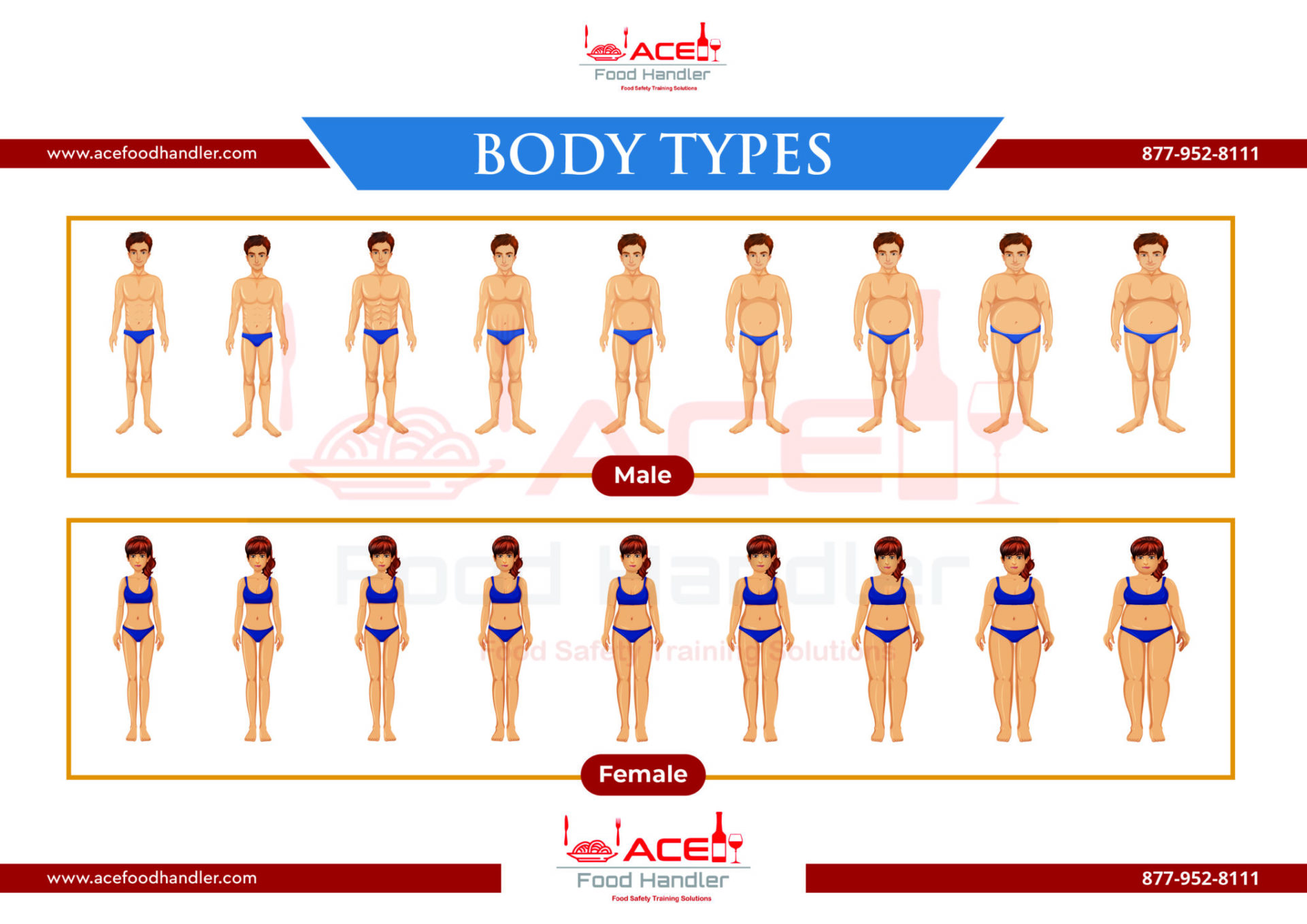What is Alcohol
and how is it Absorbed by the Body?
Louisiana
Illinois
Pennsylvania
New York
Alcohol is a chemical substance and central nervous system (CNS) depressant drug. The type of alcohol contained in beer, wine and distilled spirits is ethanol. It contains calories but has little or no nutritional value. For example:
- 150 calories in 12 ounces of regular beer
- 100 calories in 5 ounces of wine
- 100 calories in 1-1/2 ounces of 80-proof distilled spirits
What helps to slow down the absorption of alcohol?
- Any amount of food in the stomach helps. It’s important to eat prior to and during drinking.
When alcohol is consumed, only a small percentage is absorbed through the mouth and stomach. At the base of the stomach is the pyloric valve. When food is present in the stomach, the valve remains shut, slowing down alcohol absorption until the food is digested. Without food, the pyloric valve is open which causes the alcohol to be quickly absorbed into the bloodstream through the lining of the small intestine then circulated throughout the body.
There are many factors which contribute to how quickly alcohol is absorbed, such as:
Body Size – Larger people tend to have more volume of blood, water, muscle, etc., to dilute alcohol than a smaller person. Therefore, after consuming the same amount of alcohol, a smaller person will generally have a higher blood alcohol concentration.
Body Type – People with high amounts of body fat will have more alcohol in their blood since fat does not absorb alcohol, whereas muscle does.
Gender – Given equal variables, women generally will have higher concentrations of alcohol because they typically have higher percentages of body fat versus muscle mass than males. Also, women have less water content to help dilute alcohol and less of the stomach enzyme alcohol dehydrogenase. Alcohol dehydrogenase is what helps metabolize and break down alcohol.
Amount Consumed/Time – The faster one drinks, the faster alcohol is absorbed, which speeds up the rate of intoxication. In one hour, an average liver can process or eliminate approximately 12 ounces of beer, 5 ounces of wine or 1.5 ounces of 80-proof liquor, so if the amount consumed exceeds the rate of elimination, higher levels of BAC and/or intoxication will occur.
Concentration of Alcohol – The strength of a drink will determine the absorption rate. For example, a straight shot will be absorbed faster into the system than one mixed with juice. Alcohol is generally absorbed from fastest to slowest: Fastest being a straight shot followed by, carbonated mixer, water mixer and juice mixer.
Food – Food in the stomach will slow the absorption of alcohol. Foods high in fat and protein help slow alcohol from being absorbed into the bloodstream because they remain in the stomach longer.
Carbonation – Alcohol that is either carbonated or mixed with a carbonated beverage will absorb into the bloodstream faster than drinks that are not carbonated. Carbonation increases pressure in the stomach, which helps to force alcohol into the bloodstream via the stomach lining.
Other Drugs – Mixing other drugs with alcohol may cause unexpected reactions.
KEY FACT: Absorption may continue up to 90 minutes after consumption has stopped.

Benefits of Liquor Liability Insurance for a Bar California
Whether you own a bar, club or an alcohol-serving restaurant, it is likely that your customers may become intoxicated. In their intoxicated state, they may get into road accidents, show a hostile behavior towards other customers and may damage your property. If...
4 Benefits of a Restaurant Management System California
. Restaurant management systems have become a necessity for restaurants. The system facilitates restaurant businesses to manage their day-to-day operations in an automated way. Aside from improving the food quality and maintaining a comfortable environment for...
How Alcohol Server Seller Certification Boosts Your Bartending Career in California
. A California bartending career is considered to be a fun and exciting job. However, it isn’t always as exciting as it seems to be. It is a tough job that requires focused efforts and a lot of attention and energy. California bartenders also have to deal with various...
How to Become a Pro Bartender in California
. California Responsible Beverage Server Training can help. Bartending job is generally considered as thrilling and exciting. It, therefore, entices many people into leaving their full time job to become a professional bartenders in California. You don’t need to get...